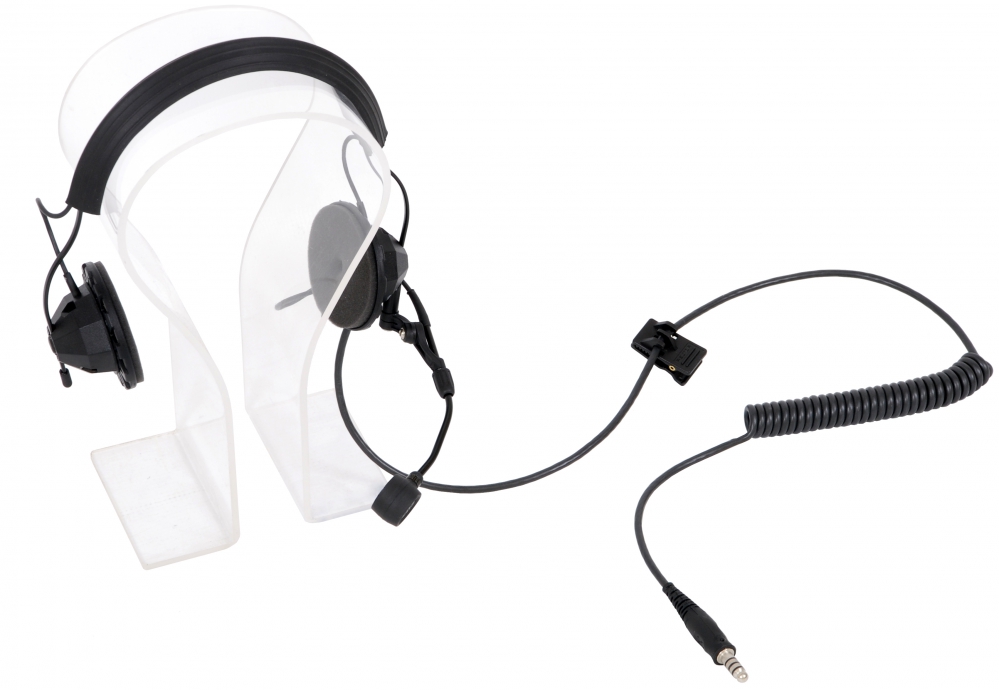With the evolution of digital electronics the radio market and communication technologies have evolved a lot. Though the concept of software defined radio (SDR) is not new, in the recent years, this market has undergone many changes in terms of technology and uses. SDR is a type of radio communication system where communication is carried out by the use of software on embedded system or personal computer instead of implementing hardware such as filters, amplifiers, mixers, detectors, demodulators and modulators, among others. SDR are capable of transmitting and receiving a wide spectrum of frequency. When the data from a source is converted into digital format, the remaining activities involved in radio communications are carried out with the help of software driven automated functions.
SDR optimizes the tactical information system as embedded software used in SDR helps in the dynamic selection of the communication channel. The number of digital service users is increasing resulting into the improved adoption rate of software defined radio. Public safety, military and commercial use are the three major end-use applications of SDR systems. The demand for SDRs in expected to increase in coming years owing to efficiency and cost effectiveness offered by them. The industry has undergone t ransformation from analog to digital. Thus, the advance capabilities of digital radio are expected to drive the growth of SDR market. Multiple regulations govern the SDR market and this affects the market growth and trends. For instance, the Federal Communications Commission (FCC) legally created a newer class for equipment of SDRs that had streamlined equipment authorization procedure.
Military modernization programs being carried out by several countries such as South Korea, India, Germany, Japan and the U.S and the interoperability provided by SDR are major driving forces for SDR market. The issues faced in the integration of the various sub systems pose a challenge to the SDR market. Further, the development of software platforms, technologies and tools, which allow flexible specification, design and implementation of radio systems, is another significant challenge. Players in software defined radio market have potential opportunity in technical advancements of SDR techn ology such as resolving the problem of frequency congestion, wide frequency range (spectrum) and improved broadcasting services in future.
Software defined radio market is segmented on the basis of type, end-user application and geography. On the basis of type of SDR, the market is segmented into ideal software defined radio, baseband software defined radio (BBSDR) and high frequency software defined radio (HFSDR). On the basis of end-user industry, SDR market is segmented into defense industry, telecom industry, manufacturing plants, public safety vendors and personal use. U.S. Canada, Japan, France, Brazil, South Korea, India, Germany and Italy have emerged as the leading countries for software defined radio market.
Some of the key vendors in software defined radio market are BAE Systems PLC, Elbit Systems Ltd., IndraSistemas, L3 Communications Corporation, Raytheon Co., Rohde & Schwarz GmbH & Co KG, Thales Group, Viasat Incorporated, SAAB AB, Rockwell Collins, Nor throp Grumman Corp., ITT Corporation, Harris Corporation and Datasoft Corporation, among others.

This research report presents a comprehensive assessment of the market and contains thoughtful insights, facts, historical data and statistically-supported and industry-validated market data and projections with a suitable set of assumptions and methodology. It provides analysis and information by categories such as market segments, regions, product type and distribution channels.

